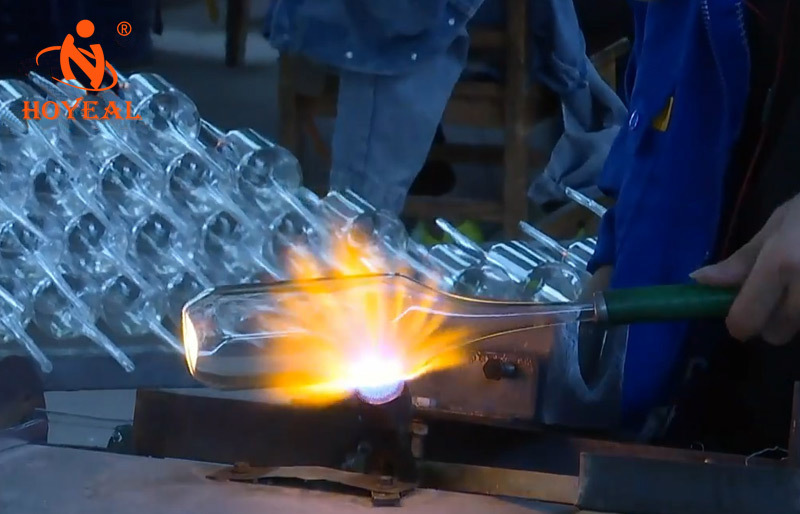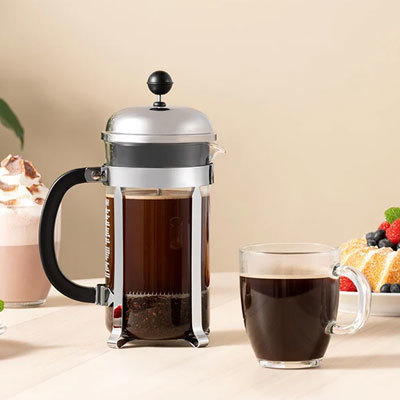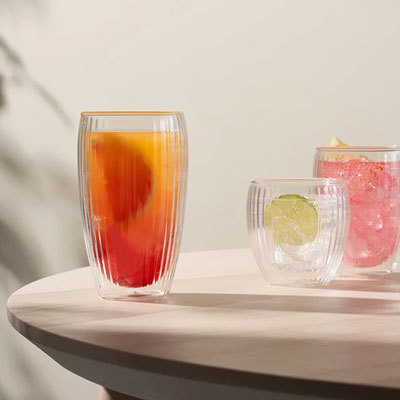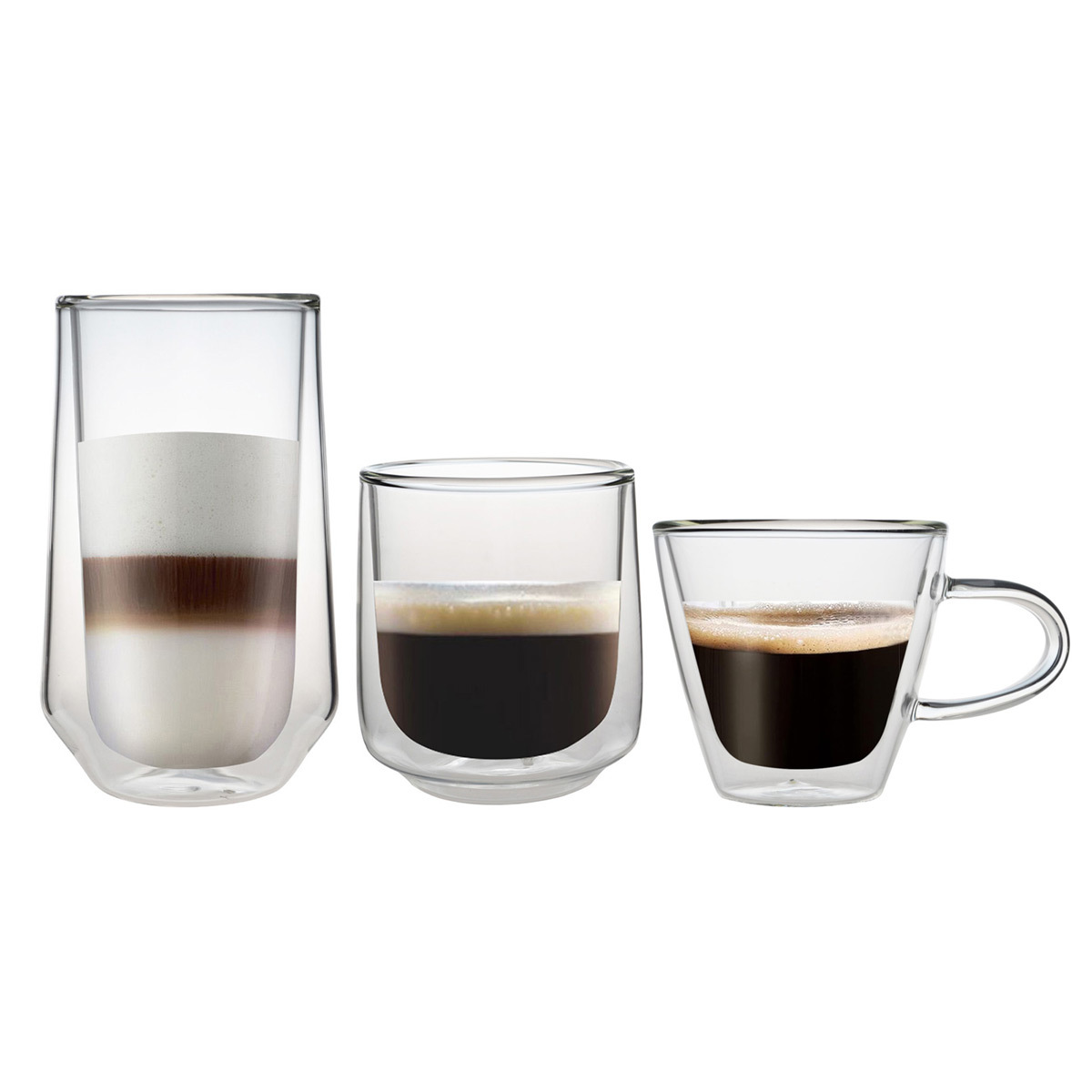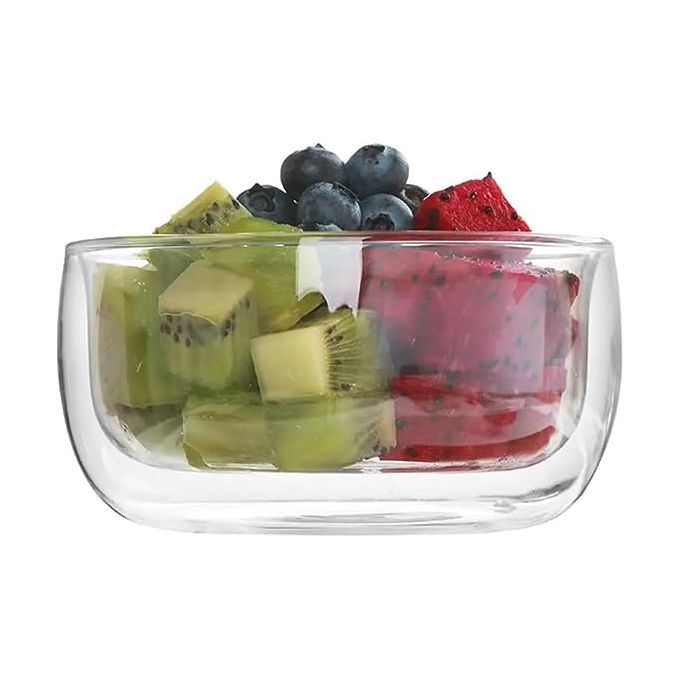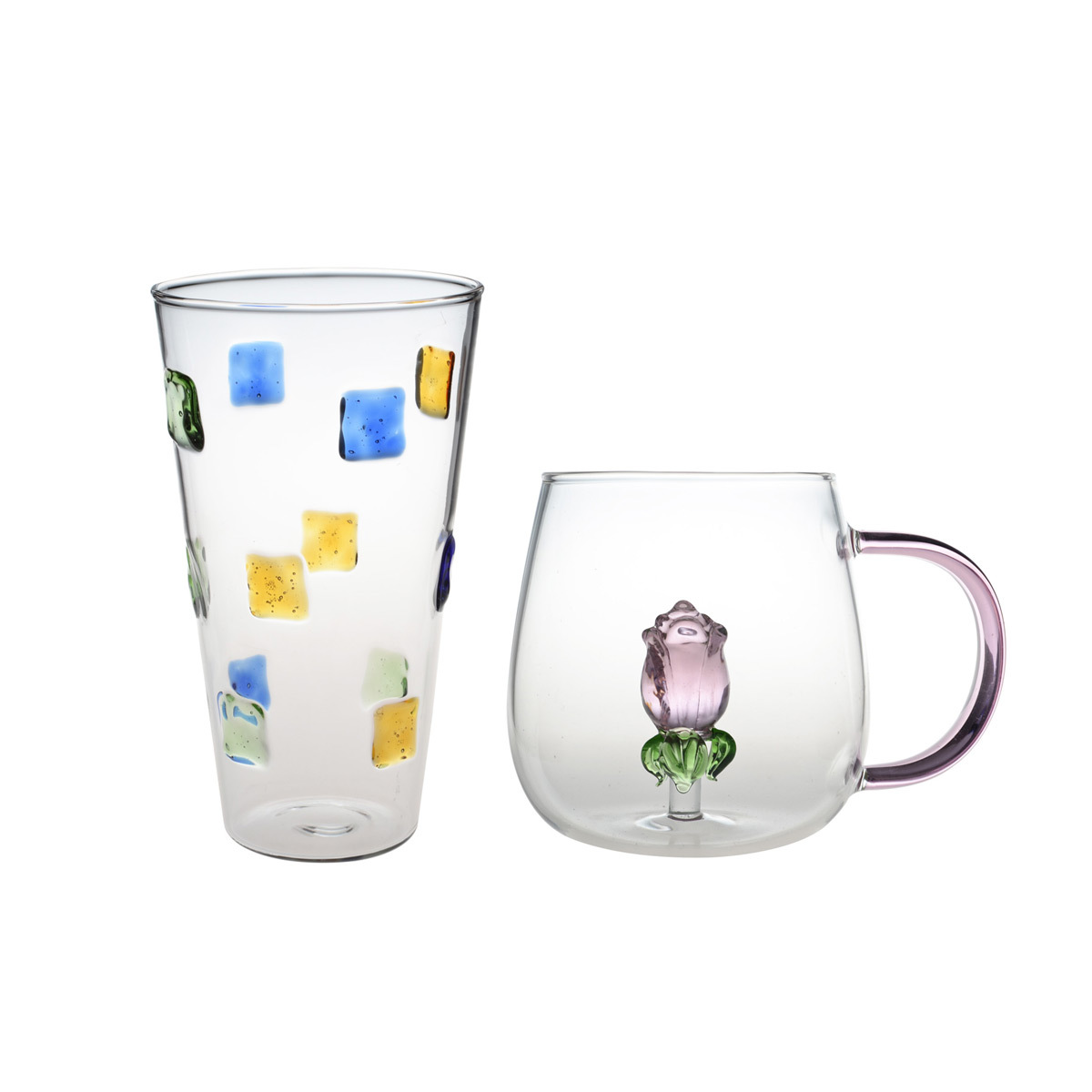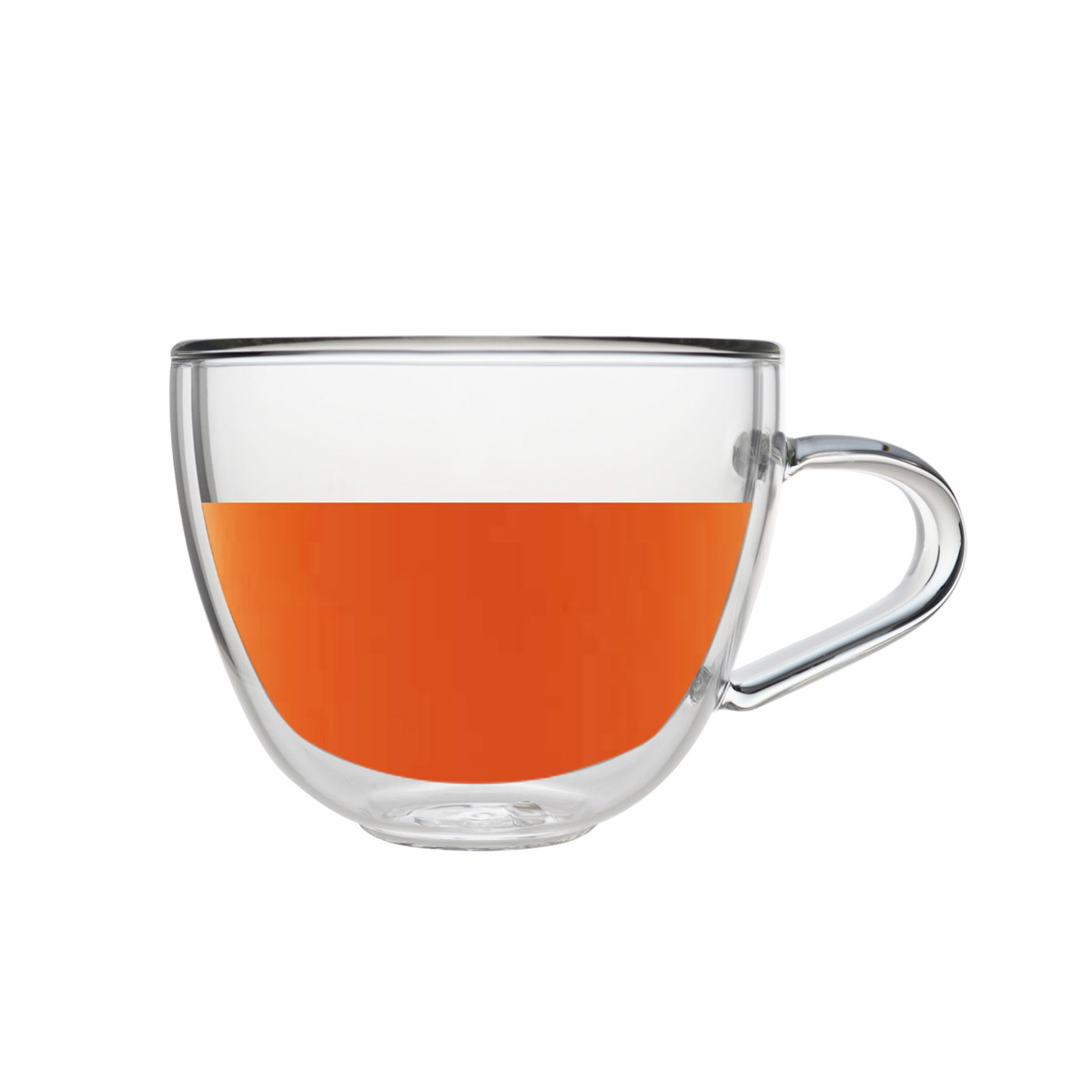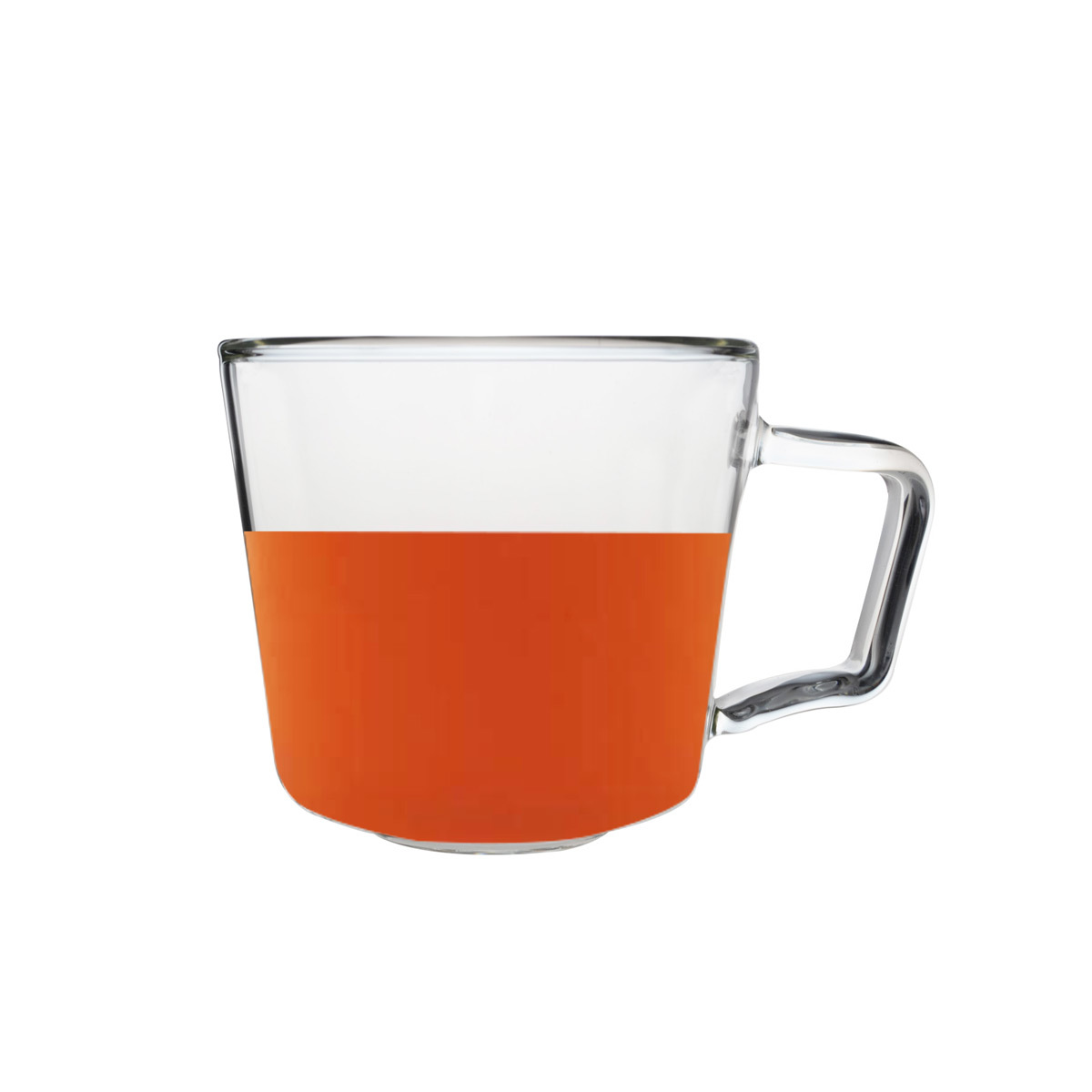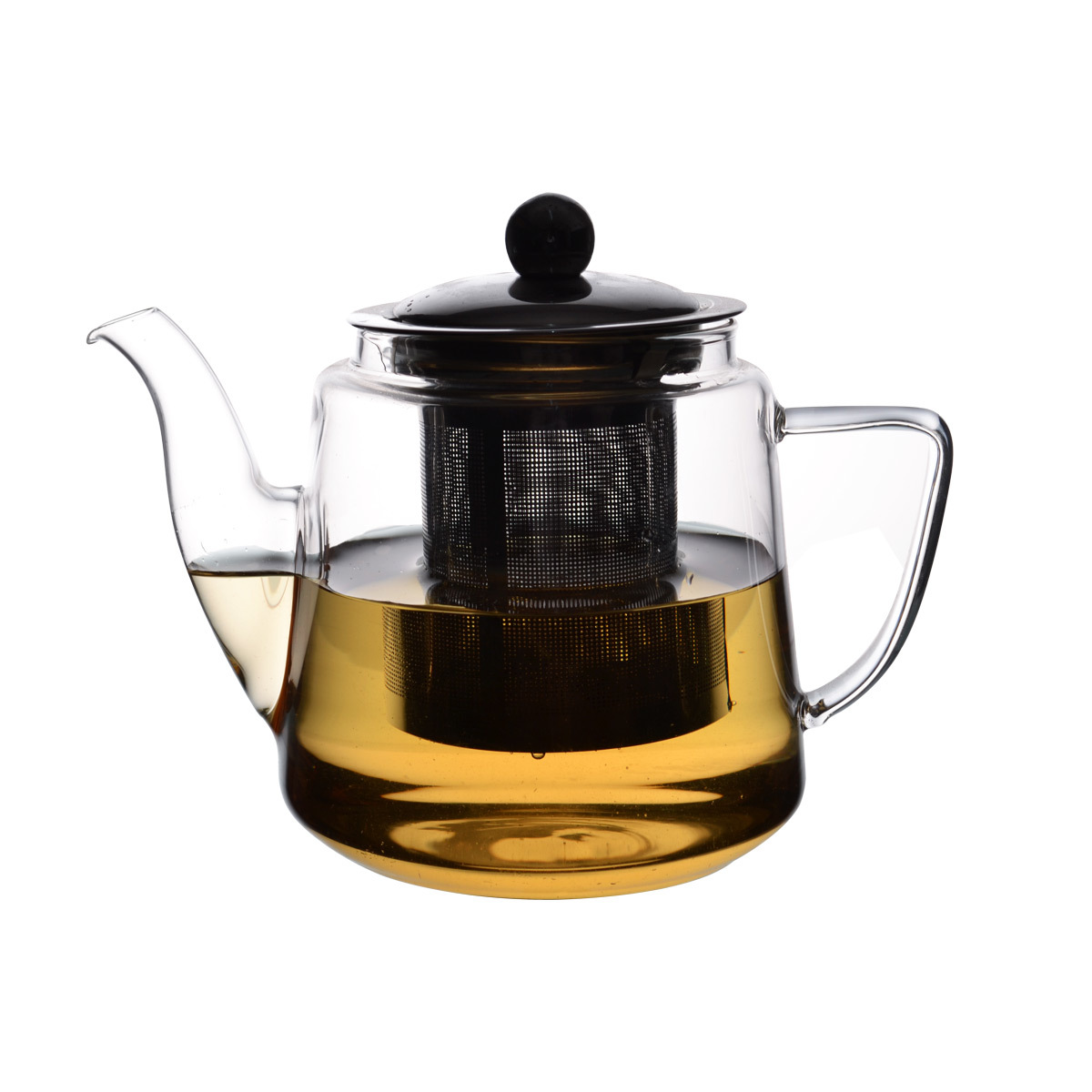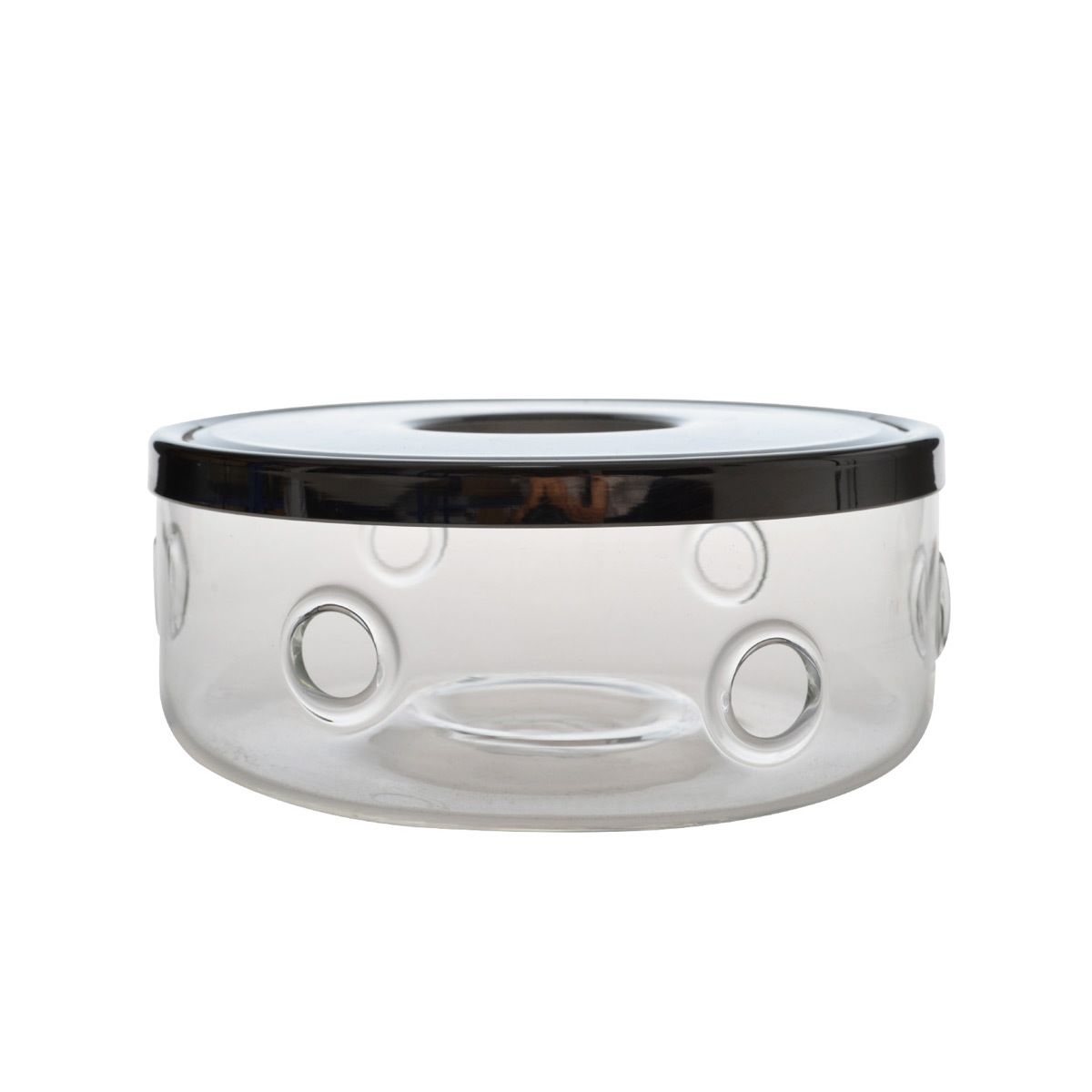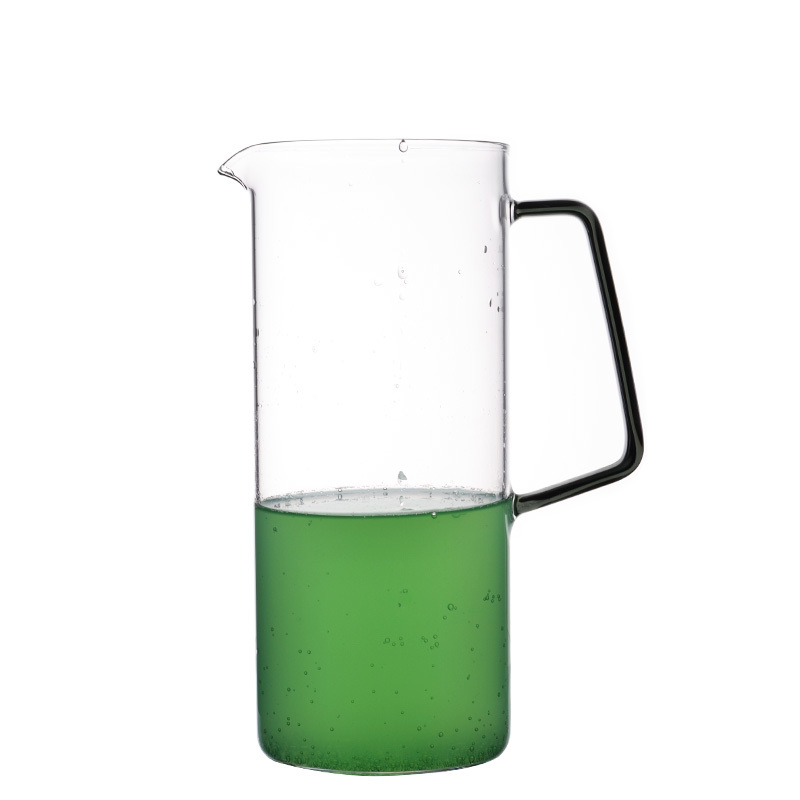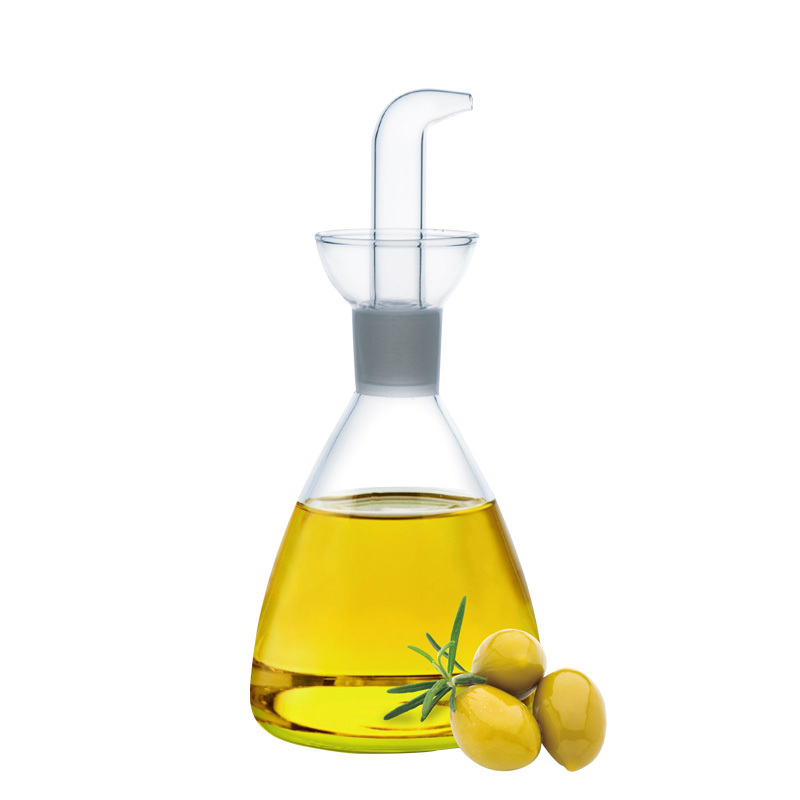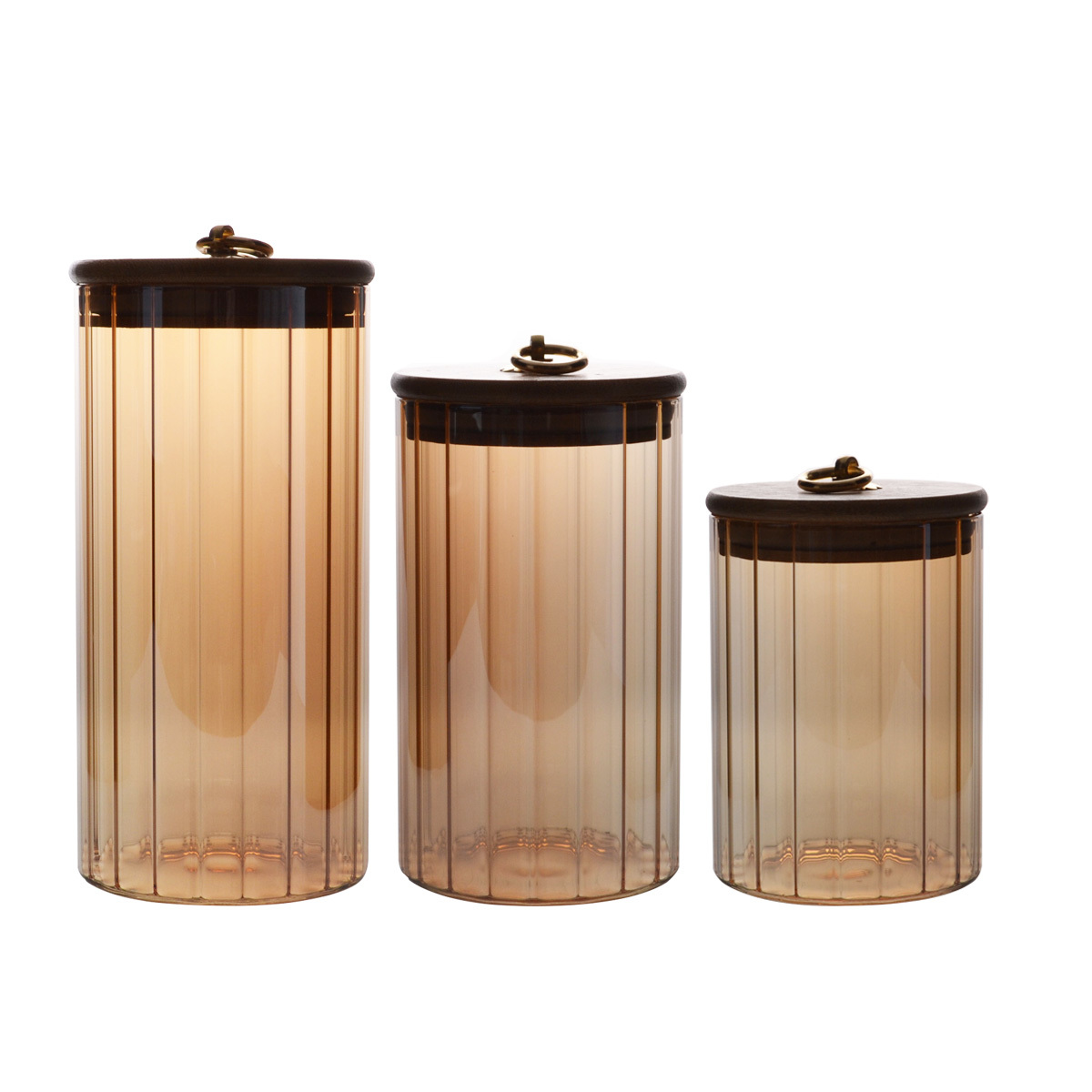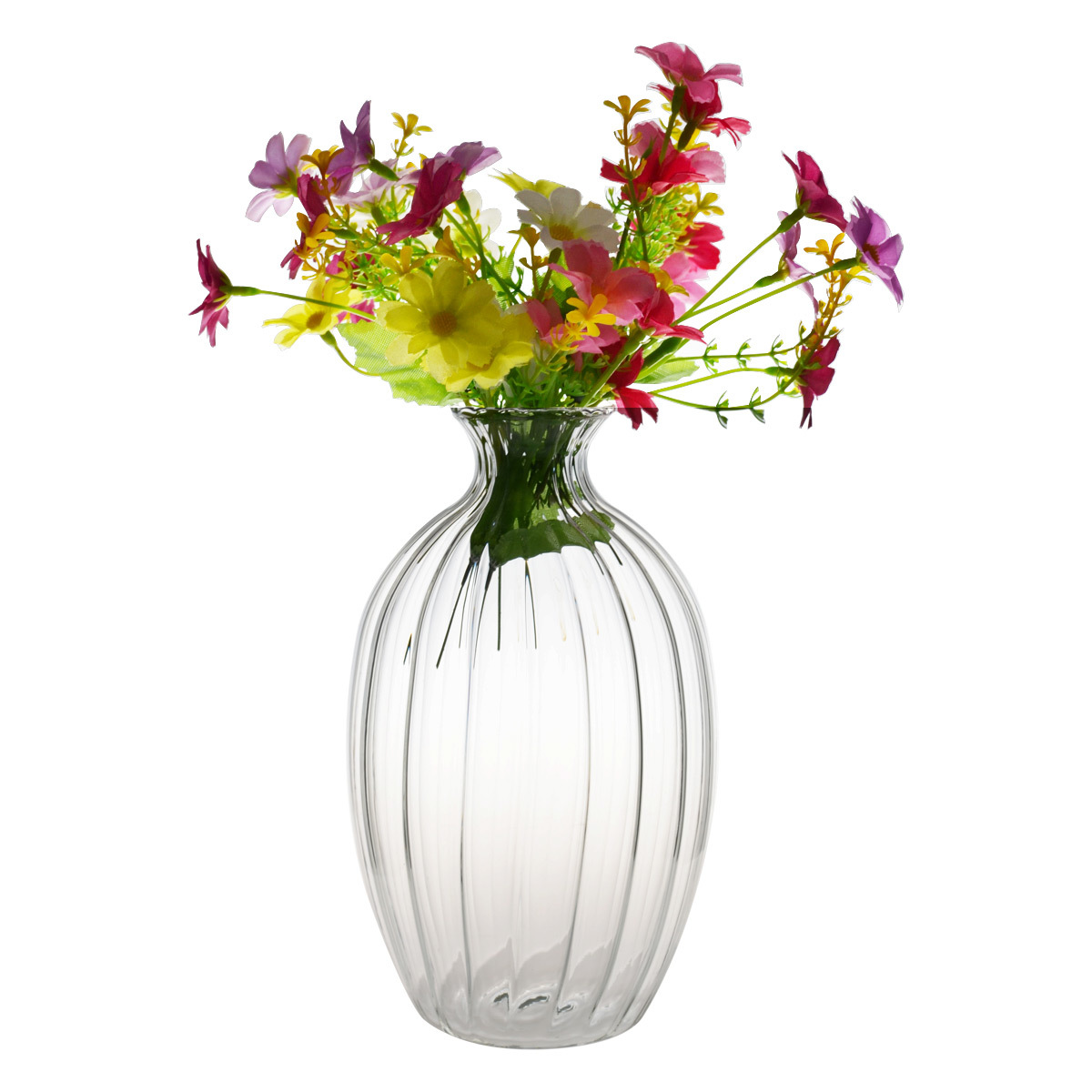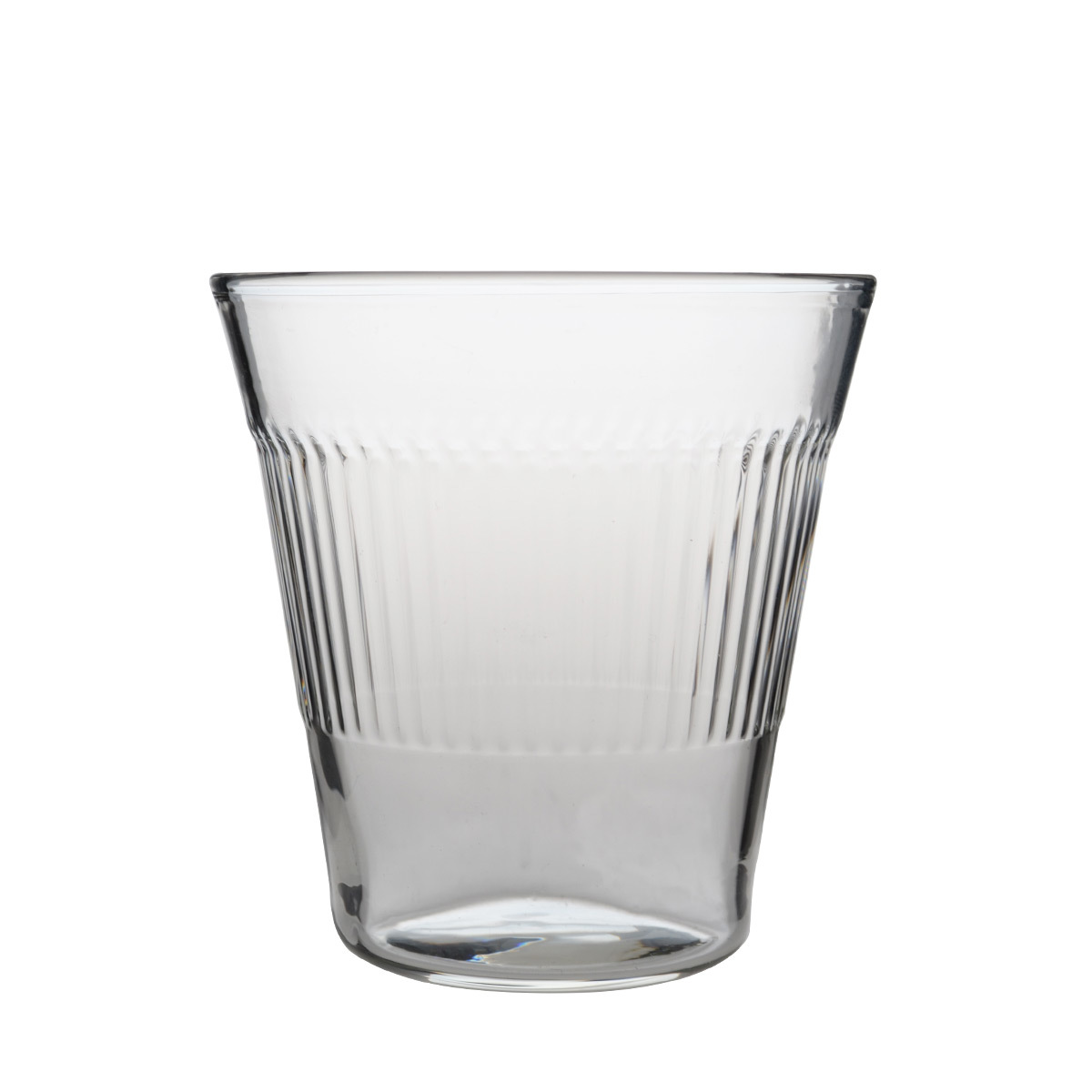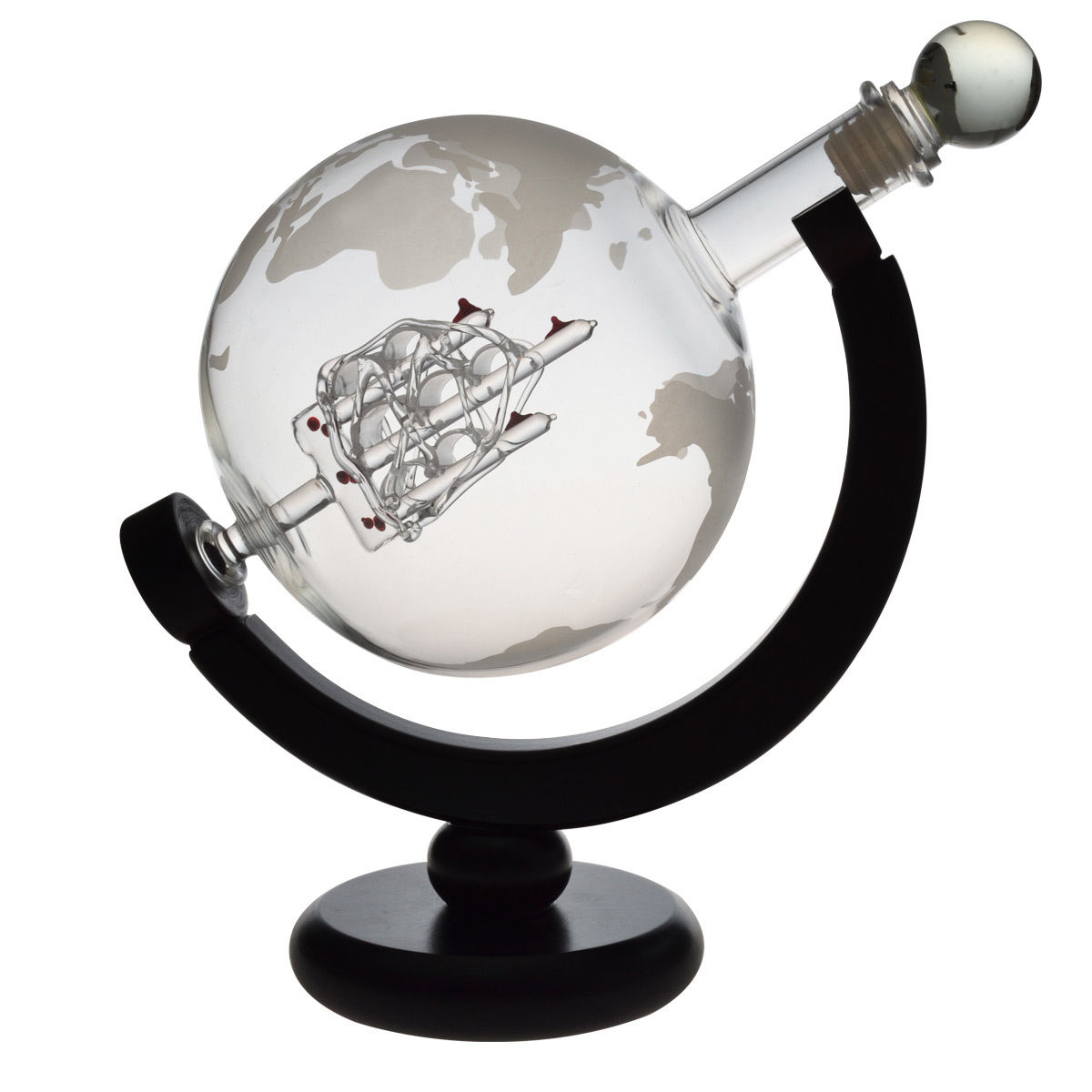Whether it is a glass cup or a high borosilicate glass cup, they have high hardness but low strength, which means they are not resistant to impact and are fragile. Therefore, it is best to handle them gently to prevent collisions.
Every time it is used, it should be cleaned immediately. Not only should the cup body be cleaned, but also any areas such as the lid and bottom that may contain dirt and grime should be cleaned.
Especially tea stains, they must be cleaned in a timely manner. Tea stains contain harmful heavy metals such as cadmium, lead, iron, arsenic, and mercury. If they enter the body, they will combine with nutrients such as protein, fat, and vitamins in food, generating insoluble substances that hinder nutrient absorption.
For stubborn tea stains, they can be easily removed by soaking them in vinegar or bleach.
After washing, it is best to fold it upside down on the shelf, drain the water, and put it in the storage cabinet.
We all know the physical phenomenon of thermal expansion and contraction, and glass belongs to a class of hard and brittle materials. Therefore, when glass undergoes uneven expansion, it is easy to explode. At this point, the linear expansion coefficient of glass is different, and the effect of use is completely different.
For household glass cups, my favorite is this one
Smooth curve, slender cup body, holding in the palm of the hand, especially comfortable and smooth
Thickened center stabilizing cup bottom, resistant to bumps and not prone to overturning
Original imported lead-free heat-resistant glass, can be used for multiple purposes, including dessert glasses, cocktail glasses, beer glasses, and tea cups
1. Transparency: If it is not colored glass, it should be colorless, particularly transparent, without any impurities, and without visible glass lumps;
2. As a cup, it is not allowed to have bubbles due to its small volume and limited materials used;
3. If it is not an irregular glass cup, check the roundness of the cup mouth and bottom, whether they are round, and whether the distance from the cup mouth to the bottom of each point is absolutely equal;
4. Is there any mold imprint on the cup body? If so, the workmanship is obviously rough;
5. Are there any scratches or abrasions.
6. Check the certificate of conformity and the main materials to determine whether it is ordinary glass or high borosilicate glass.
The main component of a regular glass cup is silicon dioxide, which is an amorphous inorganic non-metallic material. It is generally made from various inorganic minerals as the main raw materials, such as quartz sand, borax, boric acid, barite, barium carbonate, limestone, calcium carbonate, soda ash, etc., with a small amount of auxiliary materials added.
The main component of a regular glass cup is silicon dioxide, which is an amorphous inorganic non-metallic material. It is generally made from various inorganic minerals as the main raw materials, such as quartz sand, borax, boric acid, barite, barium carbonate, limestone, calcium carbonate, soda ash, etc., with a small amount of auxiliary materials added.


